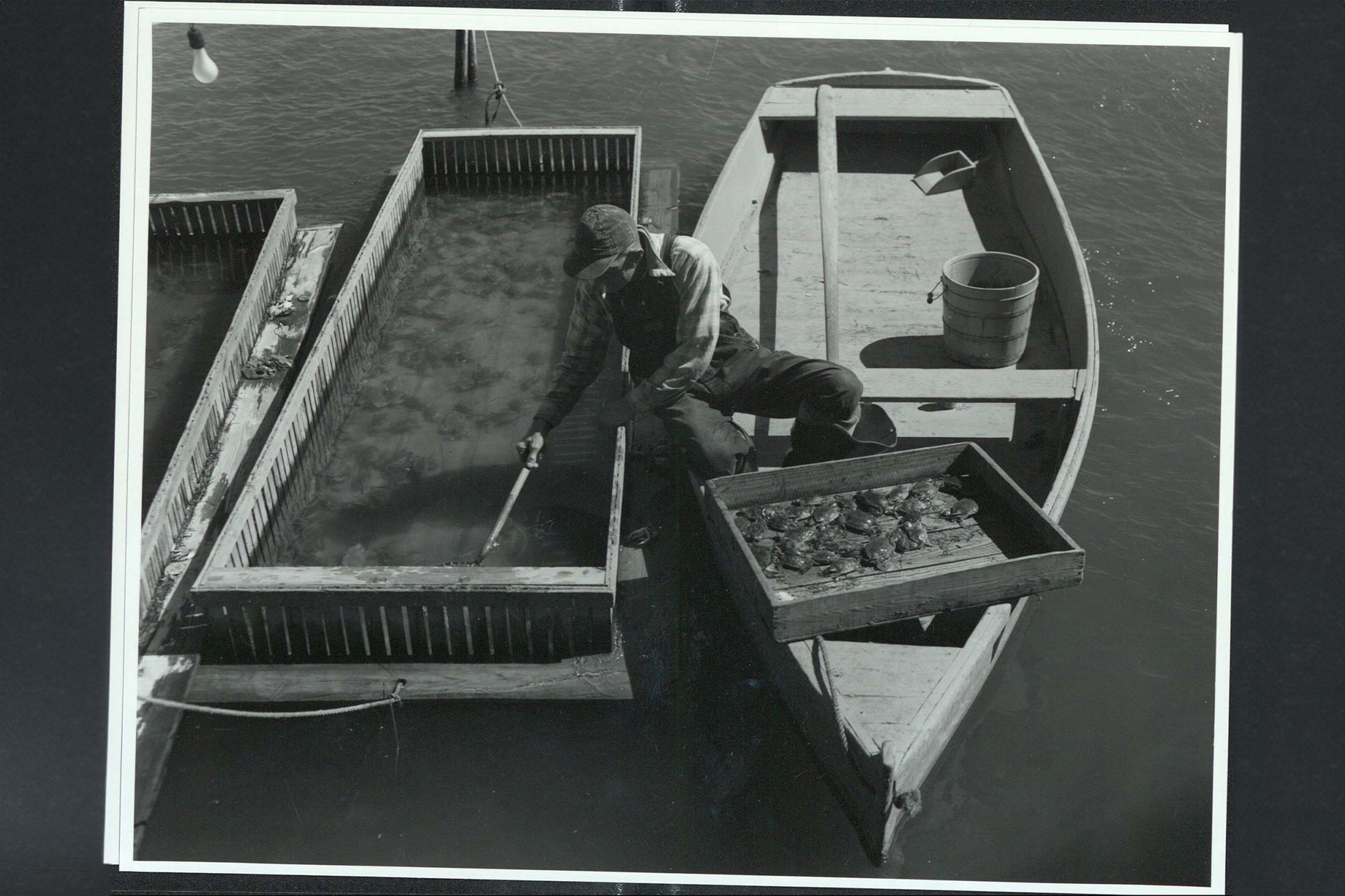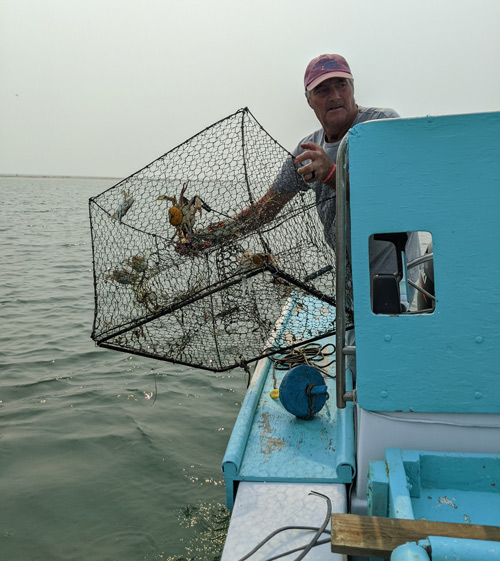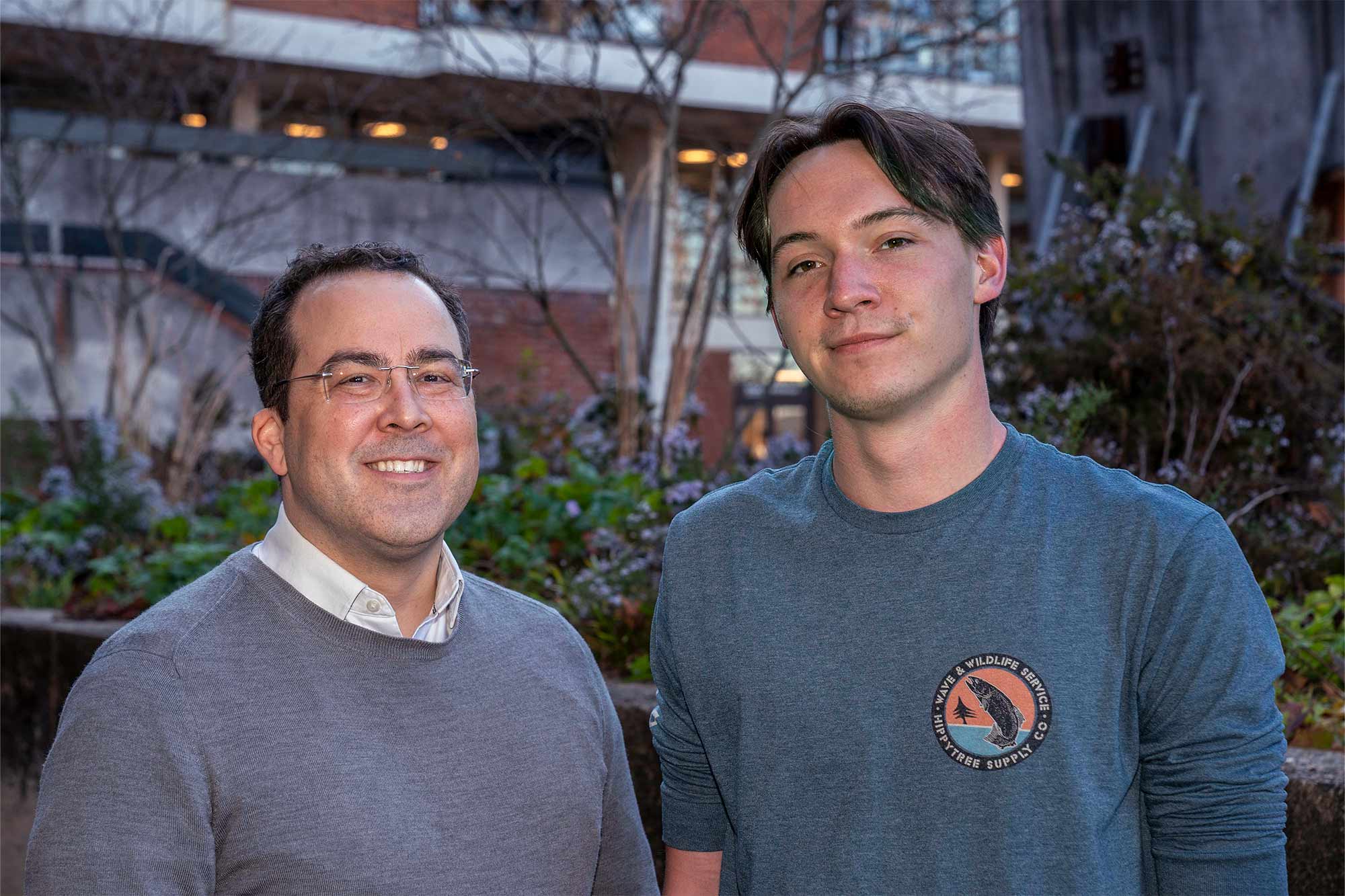This year’s theme was “working landscapes.” Softshell blue crabs have been the main haul for watermen on the island since the 1900s. Over time, the island has lost 60% of its land area. The project documents the island’s unique waterman culture, including their structures and equipment and how they transport their catch to market.
Andy Packwood, a third-year undergraduate student in the School of Architecture, and Lincoln Lewis, a second-year doctoral student in the school’s Constructed Environment program, worked together on the project that garnered first place in the Historic American Landscapes Survey Challenge for 2023.
As part of their win, the work is headed for the Historic American Landscapes Survey permanent collection at the Library of Congress.
“We thought a tidal landscape facing extreme pressures due to climate change would be most worthwhile to document,” Lewis said. “The residents prefer not to use the term ‘climate change,’ but rather ‘erosion.’”
The research, which included a full set of measured drawings, was supported by the UVA Environmental Institute. Lewis serves there as an Environmental Futures Fellow.





